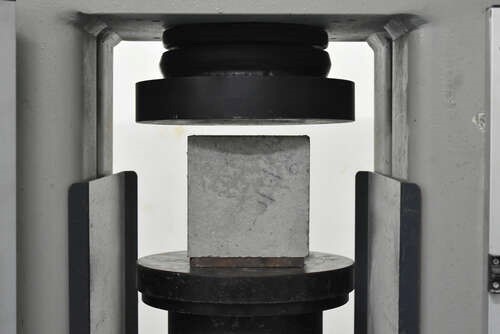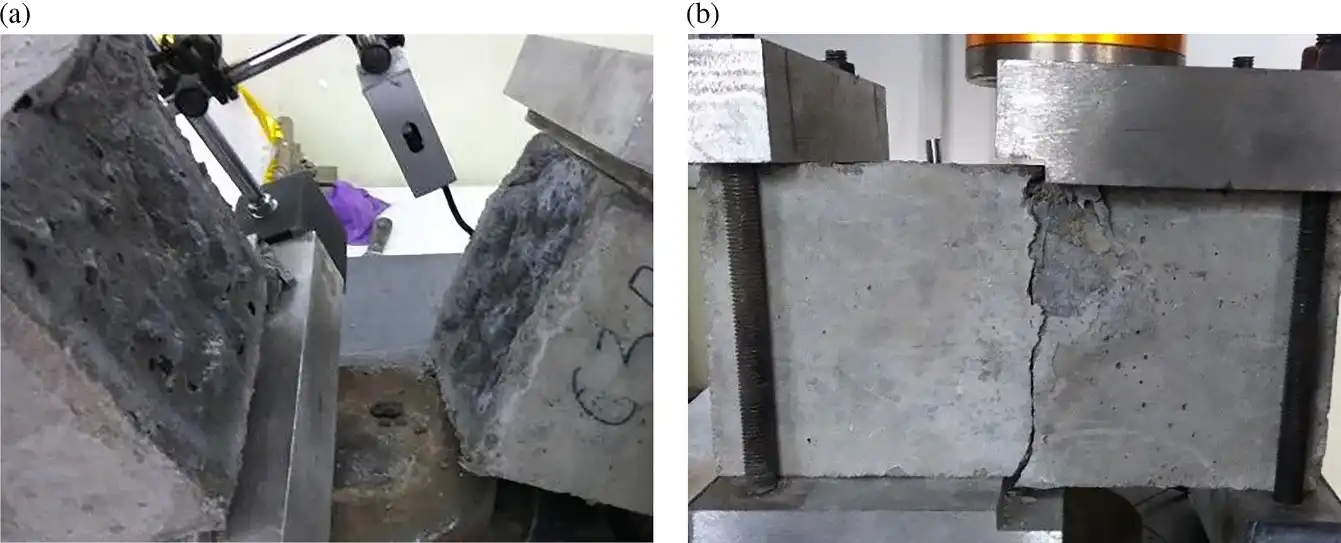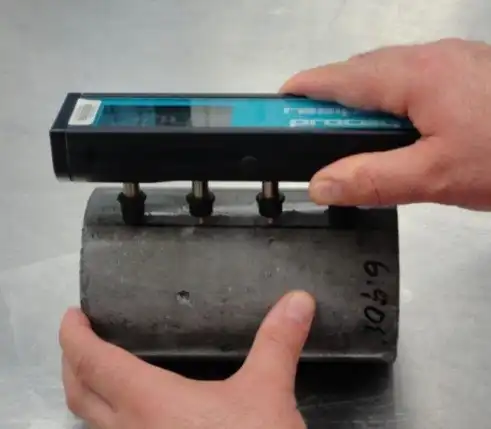Concrete is one of the most widely used construction materials globally due to its durability, versatility, and relatively low cost. While compressive strength is often considered the most critical mechanical property of concrete, various types of strength define its behavior under different conditions. Understanding these properties is essential for optimizing performance, ensuring durability, and designing structures that can withstand environmental and mechanical stressors. This article explores the primary types of strength in concrete and examines how compressive strength relates to other characteristics, particularly electrical resistivity.
-
Compressive Strength
Compressive strength is the most fundamental and commonly tested property of concrete. It measures the material’s capacity to withstand loads that tend to reduce size. This strength is typically evaluated after 28 days of curing and is expressed in megapascals (MPa) or pounds per square inch (psi). It is a direct indicator of the quality of concrete and its load-bearing capacity in structural applications.
Several factors affect compressive strength, including water-cement ratio, curing conditions, aggregate size and type, and admixtures. High-performance concrete can reach compressive strengths exceeding 100 MPa, while conventional concrete typically ranges from 20 to 50 MPa.
-
Tensile Strength
Concrete is inherently weak in tension compared to its compressive strength. Tensile strength is the measure of the material’s ability to resist forces that pull it apart. This property is typically about 10% of the compressive strength. Although not commonly used for design, it plays a crucial role in evaluating cracking potential and is critical in applications like pavements, slabs, and beams.
Tensile strength can be tested using direct tension tests, splitting tensile tests (Brazilian test), or flexural tests (modulus of rupture).
- Flexural Strength
Flexural strength, also known as the modulus of rupture, assesses concrete’s ability to resist bending. It is particularly relevant for concrete used in pavements and slabs. Flexural strength is typically 10–20% higher than direct tensile strength and is affected by factors such as aggregate properties, curing, and concrete composition.
- Shear Strength
Shear strength reflects the capacity of concrete to resist forces that cause sliding failure along a plane. This is essential in structural elements such as beams and columns where shear stresses can develop due to applied loads. Though shear strength is not typically tested directly, it can be calculated using formulas based on compressive strength and reinforcement details.
-
Electrical Resistivity
Electrical resistivity is a non-mechanical property that has gained attention due to its strong correlation with concrete durability. It is a measure of how strongly concrete opposes the flow of electric current. High electrical resistivity typically indicates low porosity and reduced ion transport, which correlates with better resistance to chloride penetration, carbonation, and corrosion of steel reinforcement.
Electrical resistivity is influenced by moisture content, pore structure, temperature, and the presence of supplementary cementitious materials like fly ash or slag.
Relationship Between Compressive Strength and Other Strengths
Compressive strength has a well-established relationship with other mechanical properties:
- Tensile Strength: Often approximated as 8% to 12% of compressive strength. Empirical formulas are commonly used in design standards to estimate tensile capacity from compressive data.
- Flexural Strength: Typically ranges from 12% to 20% of compressive strength. This relationship varies with the mix design and aggregate characteristics.
- Shear Strength: Though not directly proportional, shear strength increases with higher compressive strength and improved aggregate interlock.
- Recent studies have shown a meaningful inverse relationship between electrical resistivity and the permeability of concrete, which is indirectly linked to compressive strength. Generally, concrete with high compressive strength exhibits a denser microstructure, reducing the number and size of capillary pores. This densification results in lower water and ion permeability, which, in turn, increases electrical resistivity.





